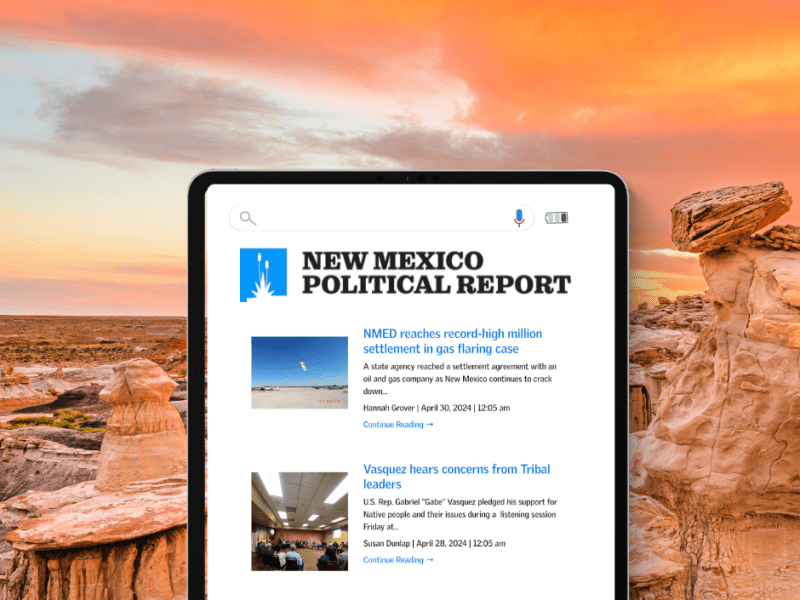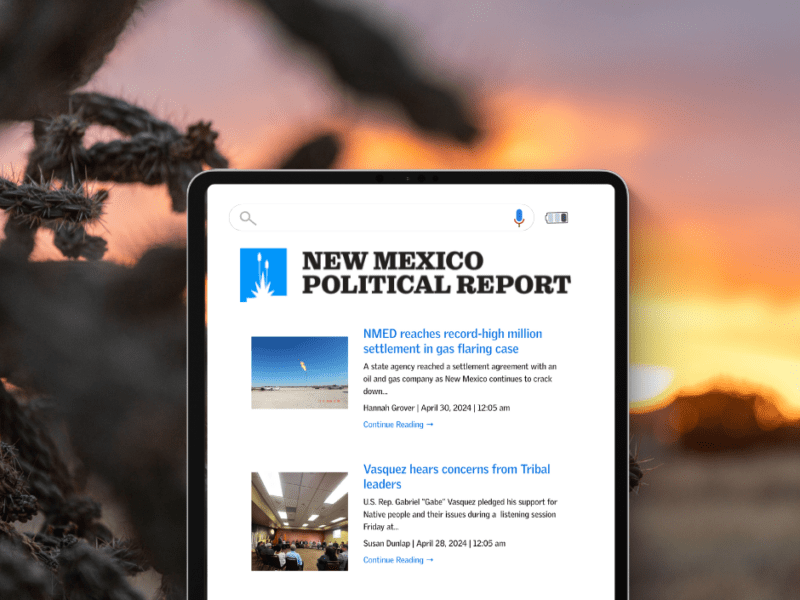The state’s largest natural gas utility filed an application with the New Mexico Public Regulation Commission to transfer its ownership to Saturn Holdco. New Mexico Gas Company is currently owned by Emera U.S. Holdings, Inc. Emera announced plans to sell NM Gas. Co. in 2023. Saturn Holdco was chosen as the future owner through a […]



